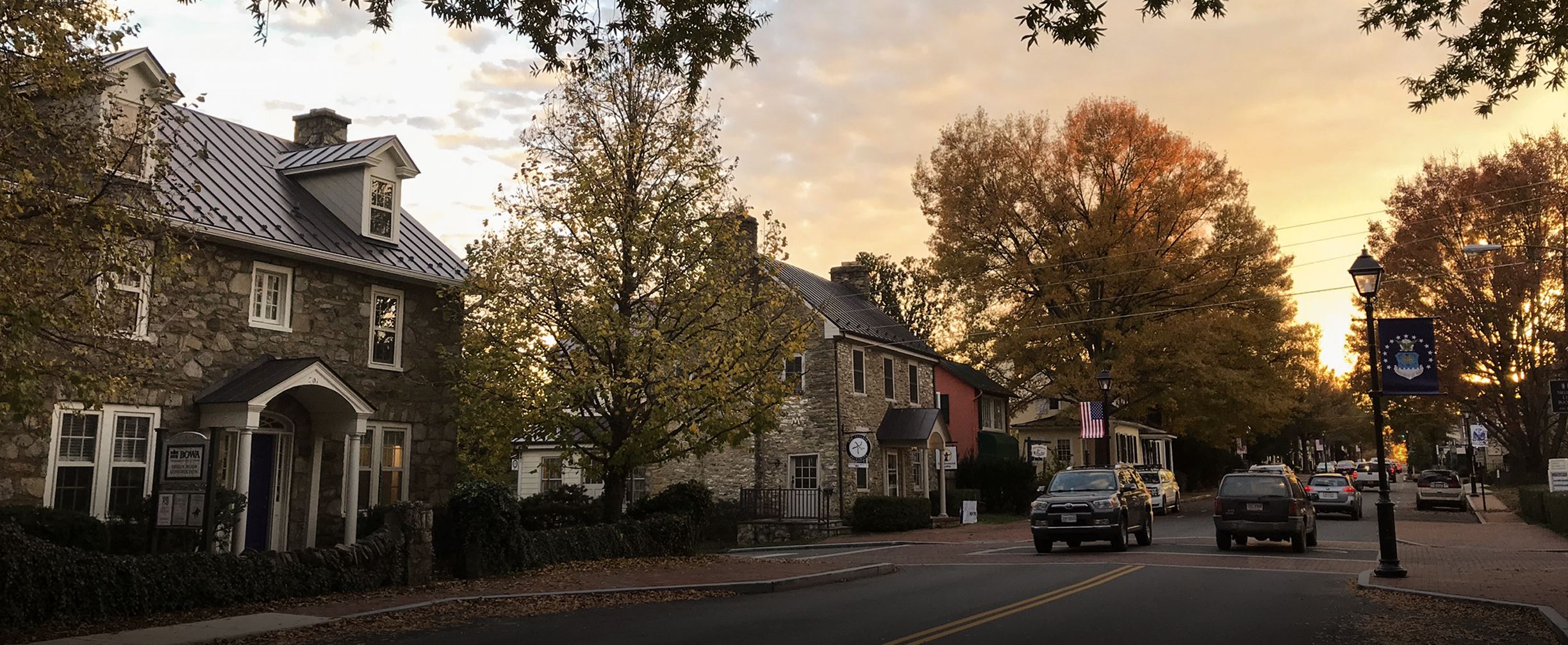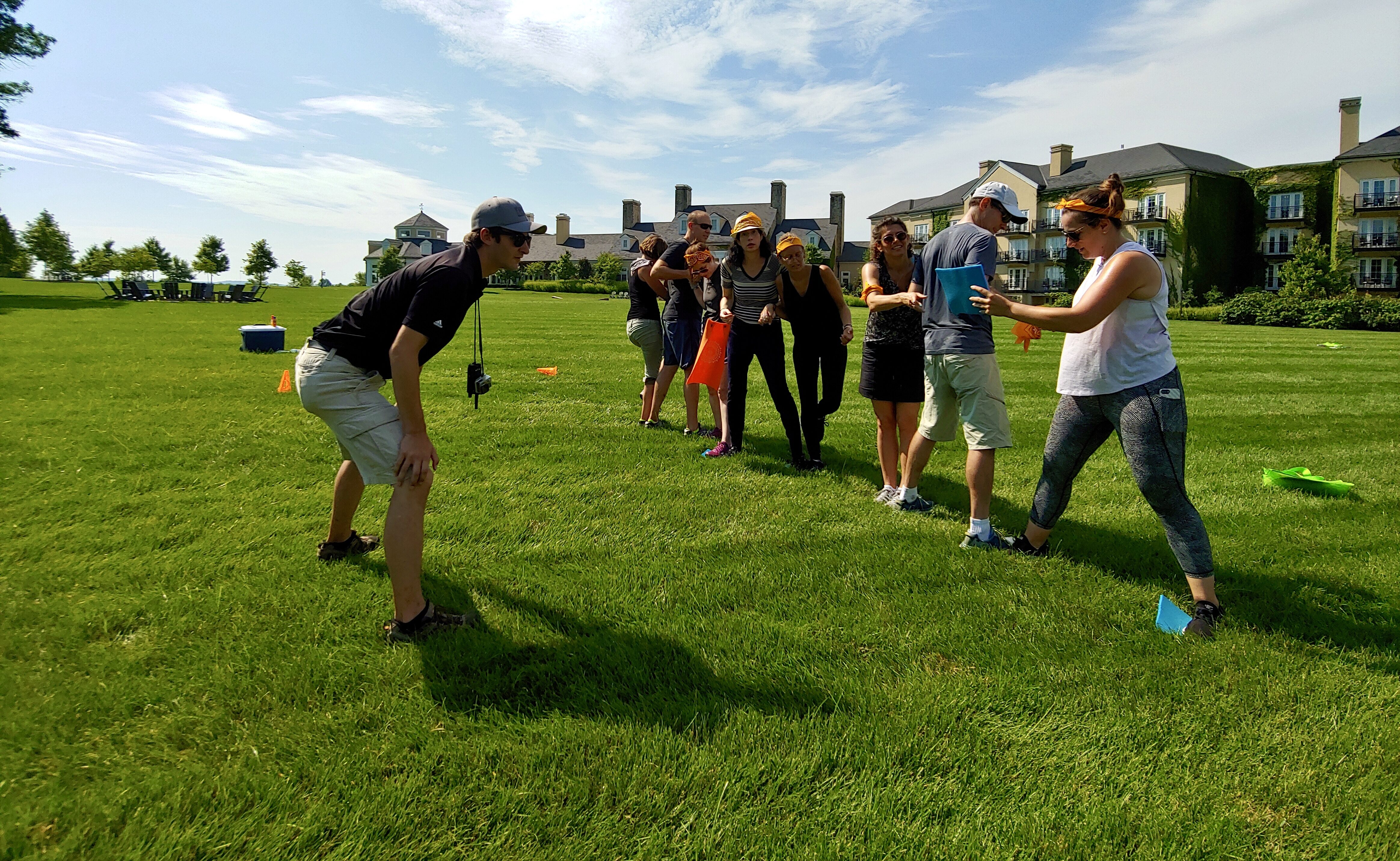Middleburg, Virginia is a quiet little town with a lot of history set against the backdrop of the Blue Ridge Mountains in Loudoun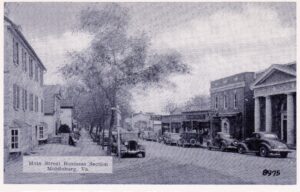 County. Middleburg is known as the “Nations’ Horse and Hunt Capital” because of its fox hunting, steeplechases, and large estates. Today, the town has a population of around 669 residents and is home to Forbes 5-star Salamander Resort & Spa. You can feel the history of the town walking down the streets, but many people don’t know how Middleburg came to be what we know it as today.
County. Middleburg is known as the “Nations’ Horse and Hunt Capital” because of its fox hunting, steeplechases, and large estates. Today, the town has a population of around 669 residents and is home to Forbes 5-star Salamander Resort & Spa. You can feel the history of the town walking down the streets, but many people don’t know how Middleburg came to be what we know it as today.
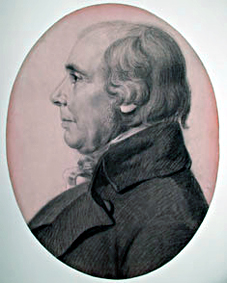 The town has a rich history that dates back to 1728 when a man named Joseph Chinn, who was the cousin of George Washington, established a fieldstone tavern on an old Native American trail. This tavern eventually became known as the Red Fox Inn and is one of the oldest continuously operating inns in Virginia and the United States. The town was established in 1787 by American Revolutionary War Lieutenant colonel and Virginia statesman, Leven Powell who purchased the land for $2.50 per acre or a total of $1,250 in 1763 from Joseph Chinn. The original name of the town was “Chinn’s Crossroads” and later was called “Powell Town.” Leven Powell ultimately declined to have the town named after him and so they named it Middleburgh which later was simplified to just Middleburg because of the town’s location being midway between Alexandria and Winchester on the Ashby Gap trading route.
The town has a rich history that dates back to 1728 when a man named Joseph Chinn, who was the cousin of George Washington, established a fieldstone tavern on an old Native American trail. This tavern eventually became known as the Red Fox Inn and is one of the oldest continuously operating inns in Virginia and the United States. The town was established in 1787 by American Revolutionary War Lieutenant colonel and Virginia statesman, Leven Powell who purchased the land for $2.50 per acre or a total of $1,250 in 1763 from Joseph Chinn. The original name of the town was “Chinn’s Crossroads” and later was called “Powell Town.” Leven Powell ultimately declined to have the town named after him and so they named it Middleburgh which later was simplified to just Middleburg because of the town’s location being midway between Alexandria and Winchester on the Ashby Gap trading route.
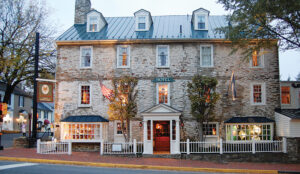 In 1863, Middleburg witnessed two major skirmishes during the Gettysburg Campaign of the Civil War. One specific event was the Burning Raid of 1864. Col. John S. Mosby and his Rangers were ordered to “harass the enemy for a few days” which led Mosby and his Rangers to become one of the most successful underground raider units of the Civil War using Middleburg as their base of operations for over 2 years. Mosby’s Rangers were impossible to find as they lived off the land and hid from Union detection in local homes. Within a year, their successes had caused so much damage to the Union Army that General Ulysses S. Grant ordered a Calvary Division to lay waste to Loudoun County to “consume and destroy all forage and subsistence, burn all barns and mills and their contents, and drive off all stock in the region. In this way, you will get many of Mosby’s men.” The Union Army then unleashed a campaign that devastated the economy of Middleburg and surrounding areas. Known as the Burning Raid, the campaign lasted 5 days and caused the loss of 6,000 cattle, 4,000 sheep, and 600 horses being killed or taken, 230 barns, 8 mills, and 25,000 bushels of grain. It took Middleburg more than 60 years to recover from the devastation.
In 1863, Middleburg witnessed two major skirmishes during the Gettysburg Campaign of the Civil War. One specific event was the Burning Raid of 1864. Col. John S. Mosby and his Rangers were ordered to “harass the enemy for a few days” which led Mosby and his Rangers to become one of the most successful underground raider units of the Civil War using Middleburg as their base of operations for over 2 years. Mosby’s Rangers were impossible to find as they lived off the land and hid from Union detection in local homes. Within a year, their successes had caused so much damage to the Union Army that General Ulysses S. Grant ordered a Calvary Division to lay waste to Loudoun County to “consume and destroy all forage and subsistence, burn all barns and mills and their contents, and drive off all stock in the region. In this way, you will get many of Mosby’s men.” The Union Army then unleashed a campaign that devastated the economy of Middleburg and surrounding areas. Known as the Burning Raid, the campaign lasted 5 days and caused the loss of 6,000 cattle, 4,000 sheep, and 600 horses being killed or taken, 230 barns, 8 mills, and 25,000 bushels of grain. It took Middleburg more than 60 years to recover from the devastation.
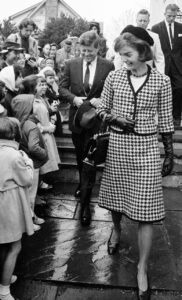 This all changed in 1908 when the area was “rediscovered” for its natural beauty and ideal sporting features. By the 1960’s, Middleburg became known as the equestrian and hunting center of the country which led to an influx of wealth and prosperity. However, there was still an issue with segregation and inequality in Loudoun County despite the numerous successful black-owned businesses. This all changed when former President John F. Kennedy and his family began coming to Middleburg as a weekend getaway from the hustle and bustle of Washington D.C. After black students were refused service at a Middleburg restaurant, local Civil Rights Leaders began to organize a bus visit and sit-in to Middleburg’s 4 restaurants. It was then that Reverend Albert F. Pereira of Middleburg’s Catholic Church organized a meeting with the 4 restaurant owners to outline the planned sit-in. Realizing the importance of the situation, none of the community leaders “wished to embarrass the President or give the town a bad name.” With that, segregation was ended in Middleburg in 1961, over a decade before other parts of Virginia would integrate.
This all changed in 1908 when the area was “rediscovered” for its natural beauty and ideal sporting features. By the 1960’s, Middleburg became known as the equestrian and hunting center of the country which led to an influx of wealth and prosperity. However, there was still an issue with segregation and inequality in Loudoun County despite the numerous successful black-owned businesses. This all changed when former President John F. Kennedy and his family began coming to Middleburg as a weekend getaway from the hustle and bustle of Washington D.C. After black students were refused service at a Middleburg restaurant, local Civil Rights Leaders began to organize a bus visit and sit-in to Middleburg’s 4 restaurants. It was then that Reverend Albert F. Pereira of Middleburg’s Catholic Church organized a meeting with the 4 restaurant owners to outline the planned sit-in. Realizing the importance of the situation, none of the community leaders “wished to embarrass the President or give the town a bad name.” With that, segregation was ended in Middleburg in 1961, over a decade before other parts of Virginia would integrate.

